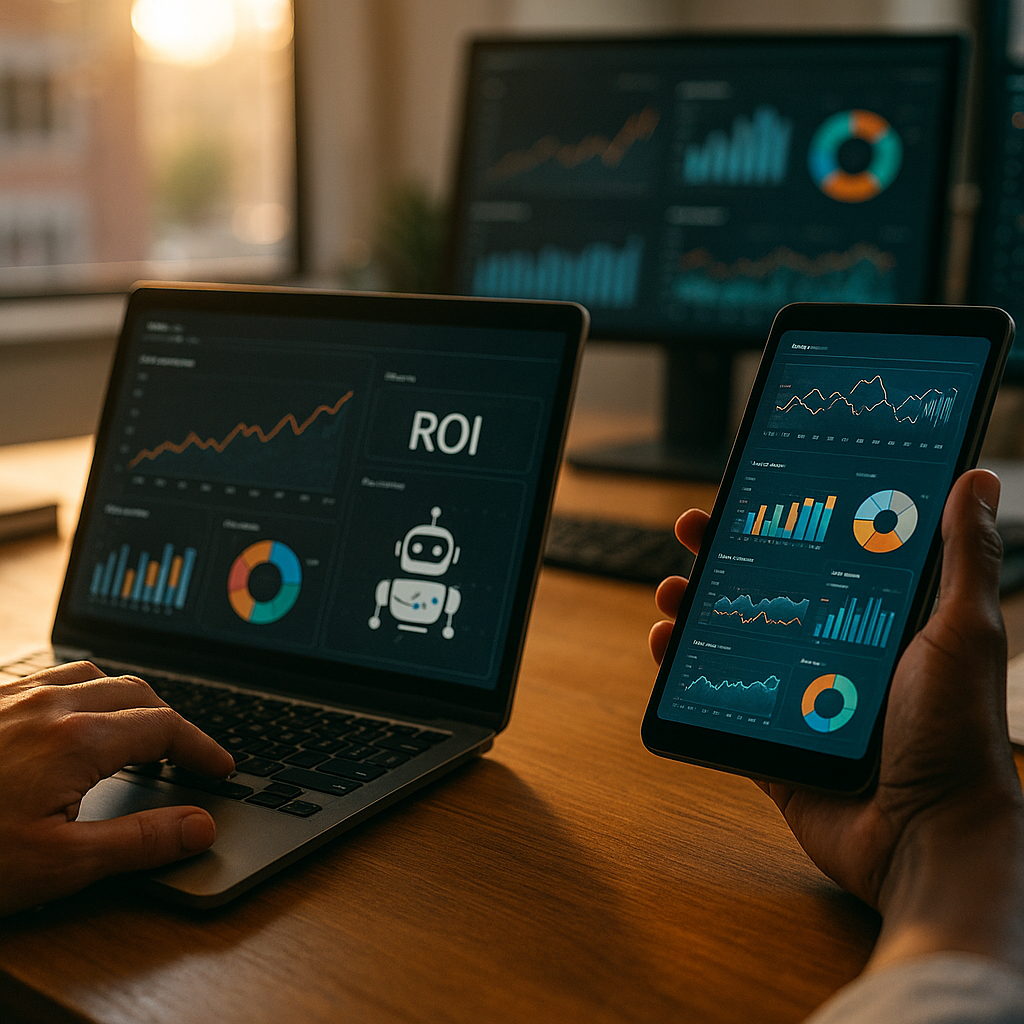Discover how to use AI for real-time campaign optimization and drive higher ROI from your digital marketing. As artificial intelligence transforms the marketing landscape in 2025, brands must adapt quickly to stay ahead. Ready to unlock actionable tactics and real-world strategies for optimizing campaigns in real time? Let’s explore what’s possible when marketing meets machine intelligence.
AI-Powered Data Analysis: Enhancing Campaign Speed and Precision
Advanced AI algorithms are revolutionizing data processing. Unlike manual methods, AI platforms instantly interpret complex datasets, recognize shifting patterns, and diagnose campaign bottlenecks. This rapid data analysis enables marketers to:
- Identify performance issues and opportunities as they arise
- Analyze audience responses in real time across channels
- Pinpoint which creatives, channels, or keywords drive conversions
With AI-driven data insights, campaign managers access up-to-the-minute intelligence. They can pivot strategies quickly, preventing wasted ad spend or missed engagement opportunities. According to a 2025 Statista report, marketers using AI-powered analytics improved campaign efficiency by 28% on average.
Personalization at Scale: Real-Time Targeting with Machine Learning
Real-time campaign optimization thrives on hyper-personalized messaging. Machine learning models segment audiences based on evolving behaviors, browsing data, and contextual triggers. This segmentation fuels:
- Dynamically personalized ads that adapt with each user interaction
- Email subject lines and content tailored in real time
- Product recommendations that reflect the latest customer intent signals
Brands leveraging AI personalization report a noticeable lift in engagement and sales. For example, a retail brand deployed machine learning algorithms for on-site product recommendations and observed a 19% growth in average order value within six months.
Automated Bidding Strategies: Maximizing Ad Spend Efficiency
Manual bidding can’t keep up with today’s frenetic digital ad auctions. AI-driven automated bidding does the heavy lifting, assessing thousands of variables—such as device type, time of day, and audience segment—to set optimal bids for every impression. Advantages include:
- Responding to shifts in supply, demand, and competitor activity instantly
- Scaling campaigns efficiently without human guesswork
- Reducing wasted spend and maximizing conversions within your target CPA
Expert marketers recommend integrating automated bidding solutions with campaign dashboards and analytics tools for full visibility and control. Data from AdExchanger highlights how companies automating their campaign bidding see a 22% increase in ROAS in 2025.
Real-Time Creative Optimization: AI-Driven Testing & Adaptation
A/B testing once took days or weeks for actionable results. AI compresses this timeline to hours—sometimes minutes—by:
- Identifying top-performing creatives using real-time feedback loops
- Automating the rotation or recombination of ad variants
- Suppressing underperforming creatives almost instantaneously
This ensures only the most compelling messages or visuals reach your audience. Platforms like Google Ads and Meta’s Advantage+ are leading examples of AI-driven creative optimization in action, delivering better engagement while requiring less manual oversight.
Integration with Omnichannel Campaign Management Platforms
The most successful brands leverage AI not in silos but as part of a unified omnichannel campaign strategy. Effective integration helps to:
- Maintain message and offer consistency across platforms
- Ensure data and learnings from one channel automatically inform others
- Coordinate bidding, creative, and segmentation for optimal cross-channel performance
Modern omnichannel platforms come with built-in AI modules, connecting email, social, search, display, and even offline channels. This level of coordination drives better user experiences, faster optimizations, and higher ROI from integrated campaigns.
Implementing AI for Real-Time Optimization: Best Practices & Pitfalls
To maximize the benefits of AI in campaign optimization, focus on these best practices:
- Start with clear data governance: Ensure your data is accurate, current, and accessible across systems. Remove duplicate or siloed datasets.
- Set measurable objectives: Use specific KPIs such as CPA, ROAS, or click-through rate to track improvements.
- Choose platforms built for integration: Avoid tools that don’t easily sync with your existing martech stack—it hinders real-time adjustments.
- Prioritize transparency: Select AI solutions that explain optimization decisions to facilitate learning and trust (supporting Google’s EEAT standards of Experience, Expertise, Authoritativeness, and Trustworthiness).
- Test, learn, and iterate: No algorithm is perfect. Continuously monitor outcomes and adjust inputs for ongoing campaign refinement.
Beware of relying too heavily on “black box” automation. Marketers should retain oversight and critically assess AI-driven recommendations, especially in sensitive industries like healthcare or finance.
Frequently Asked Questions: AI for Real-Time Campaign Optimization
- How does AI improve real-time campaign optimization?
AI rapidly analyzes massive datasets, identifies performance trends, automates tedious tasks, and recommends instant improvements—all faster and more accurately than humans can. - What types of campaigns benefit most from AI optimization?
Paid search, paid social, display advertising, email, and omnichannel campaigns all benefit—especially those at scale or needing rapid adaptation to consumer behavior. - Is AI-based optimization suitable for small businesses?
Yes. Many affordable platforms democratize access to AI-driven optimization, making real-time adjustments possible even for modest budgets. - Can AI replace human marketers?
AI augments, but does not replace, skilled marketers. Human expertise remains crucial for creative direction, sensitive decisions, and interpreting nuanced results. - How do I measure the success of AI-driven optimizations?
Track relevant KPIs (like ROI, conversion rate, or cost per lead) before and after deploying AI solutions to gauge direct impact.
Real-time campaign optimization with AI unlocks faster decision-making, sharper targeting, and smarter resource use in 2025. By pairing robust data practices with adaptive technology, marketers can outperform competitors and deliver meaningful results. Start your journey into AI-powered optimization now for sustained growth in the digital marketplace.
